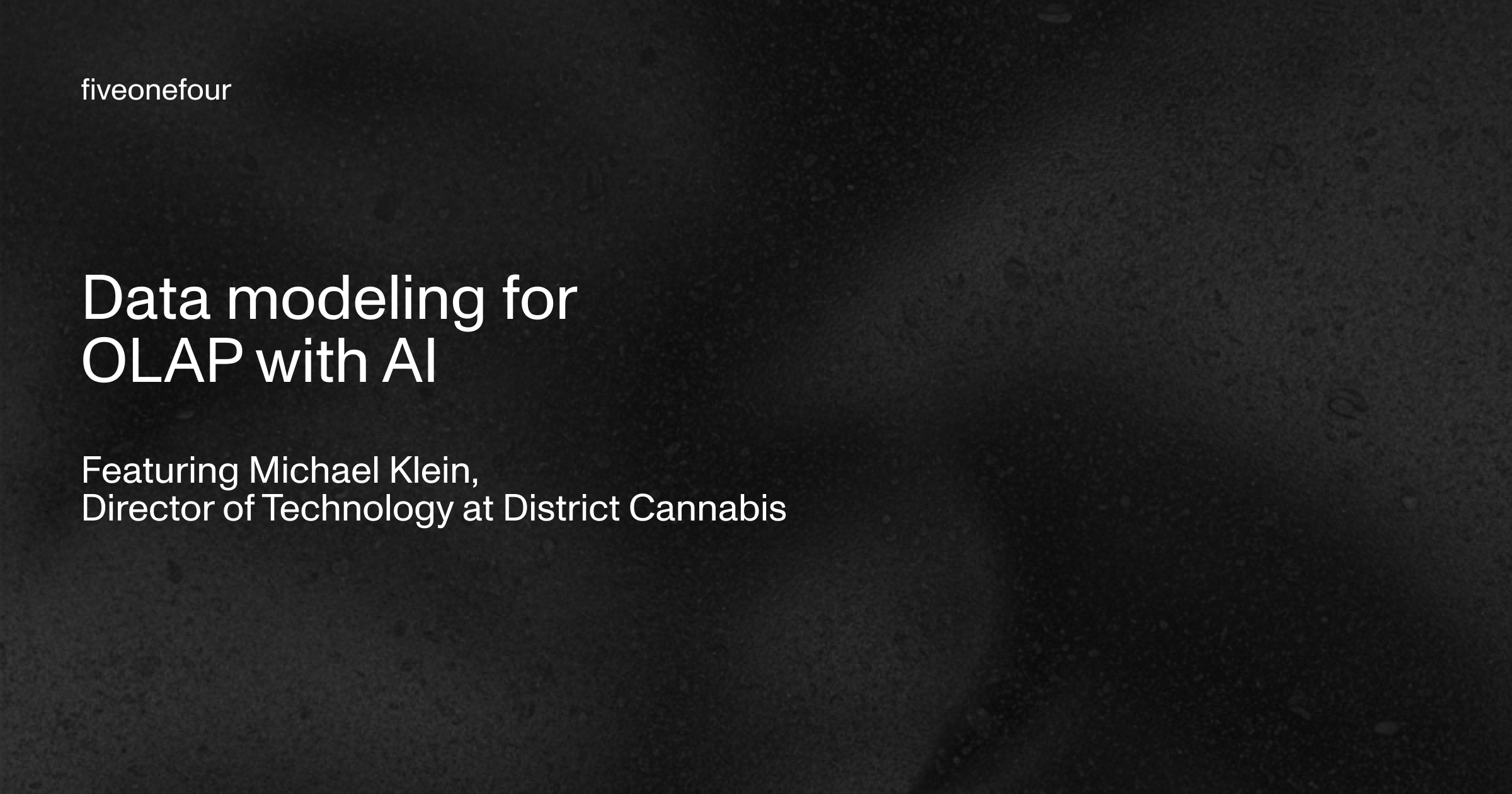For nearly a century, the dominant interpretations of quantum mechanics have forced physicists and philosophers into a false dichotomy: either embrace nonlocal “spooky action at a distance,” or abandon the notion of objective reality entirely. But what if there was another option—one that preserves realism, determinism, and makes peace with nonlocality in a way that’s both elegant and operationally consistent with everything we’ve observed?
That’s exactly what Pilot-Wave Theory (PWT), also known as de Broglie–Bohm mechanics, offers. And despite being one of the few interpretations that makes explicit sense, it’s been unjustly sidelined for decades. Let’s dive into why, and how even its supposed “flaws” are philosophically cleaner than the alternatives.
The Bell Dilemma: You Must Choose
Bell’s Theorem shattered the comfort zone of quantum orthodoxy. If quantum mechanics is correct—and experiments confirm that it is—then the world cannot be both local and realist.
You must give up at least one:
- Locality: The idea that nothing influences anything faster than light.
- Realism: That physical properties exist independently of measurement.
Copenhagen sacrifices realism. Many-Worlds tries to preserve both, but relies on a kind of metaphysical inflation. Bohmian mechanics accepts nonlocality—but keeps realism and determinism intact.
And here’s the kicker: no matter your interpretation, if you agree with Bell and the experiments, then your world is nonlocal in practice. Even Copenhagen has instantaneous collapse across space. Many-Worlds has entangled branches that mysteriously coordinate. So why not just accept it honestly?
But What About Signaling?
One objection sometimes raised to Bohmian mechanics is the hypothetical possibility of superluminal signaling. While standard Bohmian mechanics is non-signaling under quantum equilibrium (where the Born rule holds), physicist Antony Valentini has proposed that in non-equilibrium scenarios, signaling could in principle occur.
Critics worry: does this break relativity?Here’s where things get interesting. Even if such signaling were possible, it would require:
- A break from quantum equilibrium (something we’ve never observed in our universe).
- A highly improbable context, like the information leakage in black hole evaporation.
- An intelligent observer in the far past who can detect, interpret, and amplify a statistically insignificant deviation from the Born rule.
This isn’t a casual FTL text message. It’s a cosmic-level feat involving physics, intelligence, and amplification. And even then, what would result is not paradox, but a consistent path through configuration space—perhaps a spiral of feedback, but still a single reality.
In other words: even if Bohmian mechanics could allow signaling in such extreme edge cases, the result is still less ontologically extravagant than the infinite branching of Many-Worlds.
The Realist’s Choice
Let’s compare the options:
| Collapse | No | No |
| Realism | Yes | Sort of (but unclear where the observer is) |
| Nonlocality | Explicit | Hidden in branching |
| Ontology | One evolving world | Infinitely branching multiverse |
| Determinism | Yes | Yes |
| Empirical Predictions | Matches QM | Matches QM |
Bohmian mechanics wins for clarity and parsimony. It says: yes, the world is nonlocal. But it’s also real, deterministic, and empirically sound.
Where We Are At Today
Physicists have twisted themselves into epistemological pretzels to preserve locality at the cost of realism. But the data doesn’t support that move. The world, as revealed by Bell and Aspect and Zeilinger, is nonlocal.
So if we’re going to accept that, why not keep reality while we’re at it?
Pilot-Wave Theory lets us do that. It may not be the final word on quantum foundations, but it is by far the most honest interpretation on offer.
It’s time to stop treating it like a fringe idea. And start recognizing it as the realist’s best answer to quantum weirdness.
Where We Can Be Tomorrow
New developments in quantum error correction by companies like Microsoft, IBM, and Google are pushing us closer to manipulating entangled systems with incredible precision. But here’s the twist: as error rates drop, we may begin to detect subtle deviations from the Born rule—small cracks in quantum equilibrium.
If that happens, then Valentini’s dream becomes testable. Information could leak from one subsystem to another faster than light, through previously undetectable channels. The catch? This would still require amplification by an intelligent system—like us.
Suddenly, the hidden variables of Bohmian mechanics aren’t just philosophical; they become accessible. We might build systems that can interpret these deviations and send messages across the stars—even across cut cables and disrupted infrastructures, because the pilot-wave is not constrained by conventional communication channels.
This would be the ultimate test of PWT: using it to communicate in ways no other interpretation predicts or even permits. No splitting worlds. No collapsing wavefunctions. Just one evolving reality, nonlocal and intelligible.
If the future involves interstellar civilization, we’ll need more than just technology—we’ll need a physics that is willing to say, unapologetically: reality is real.
.png)




